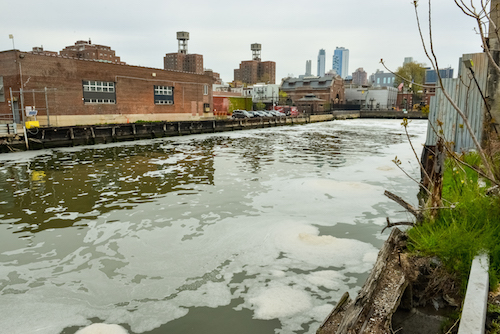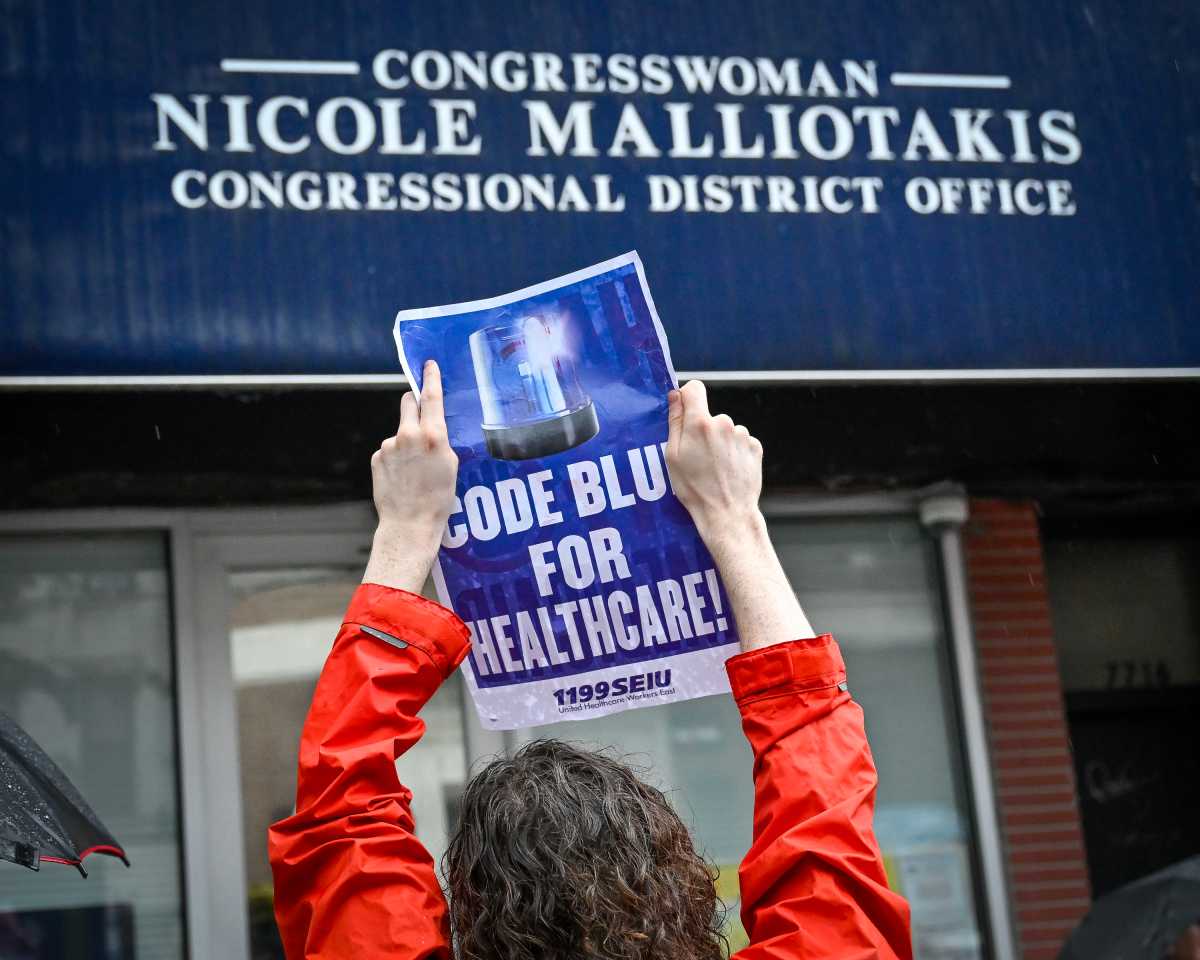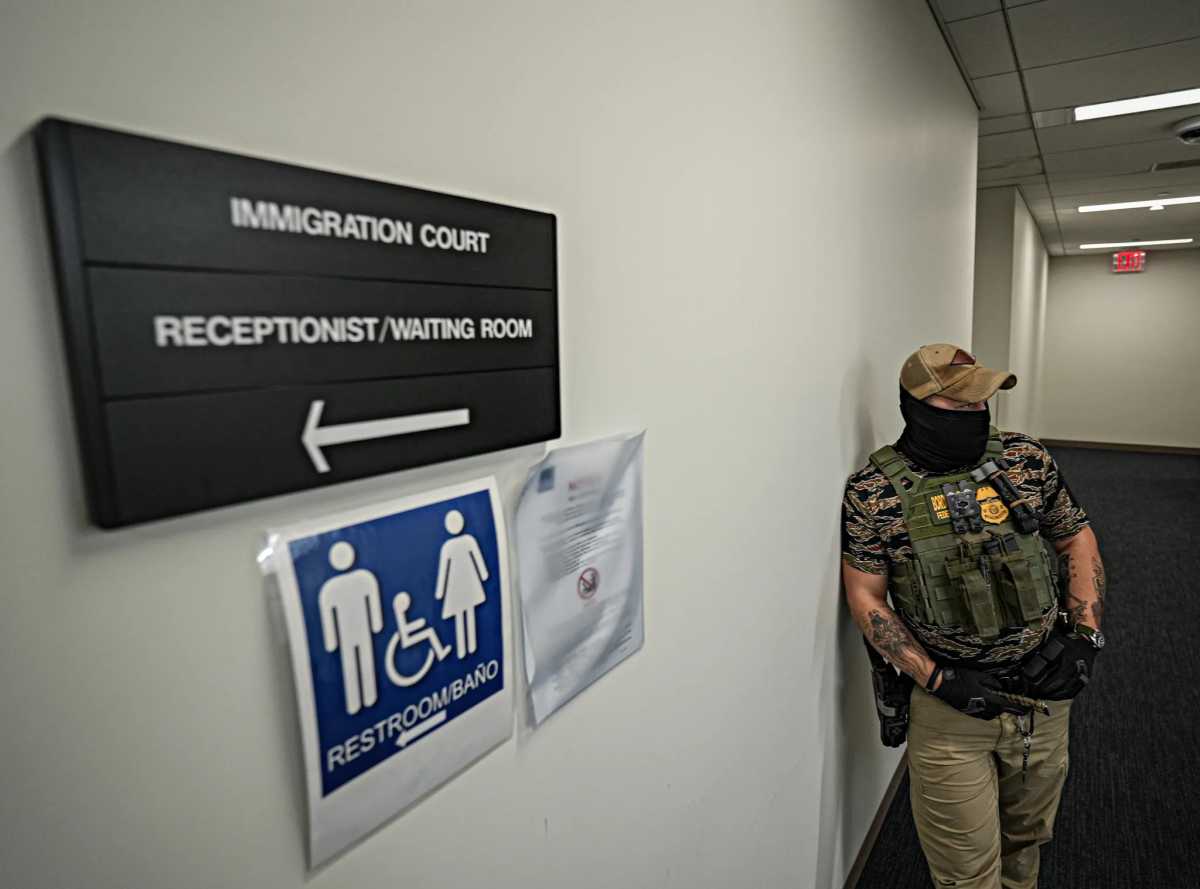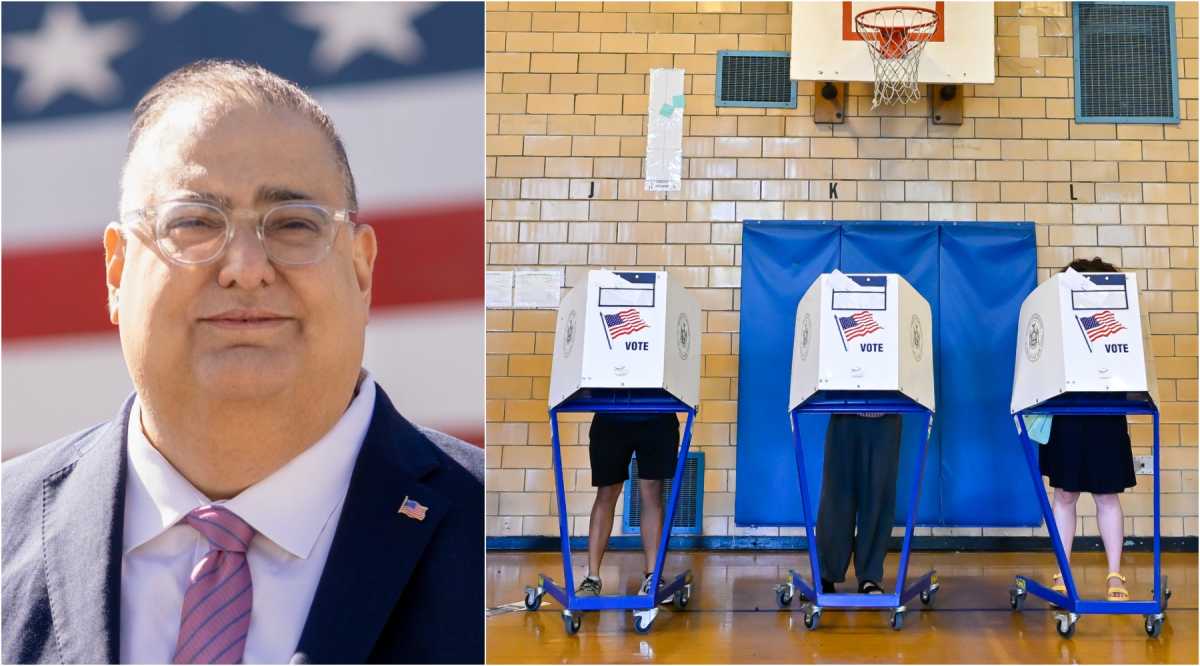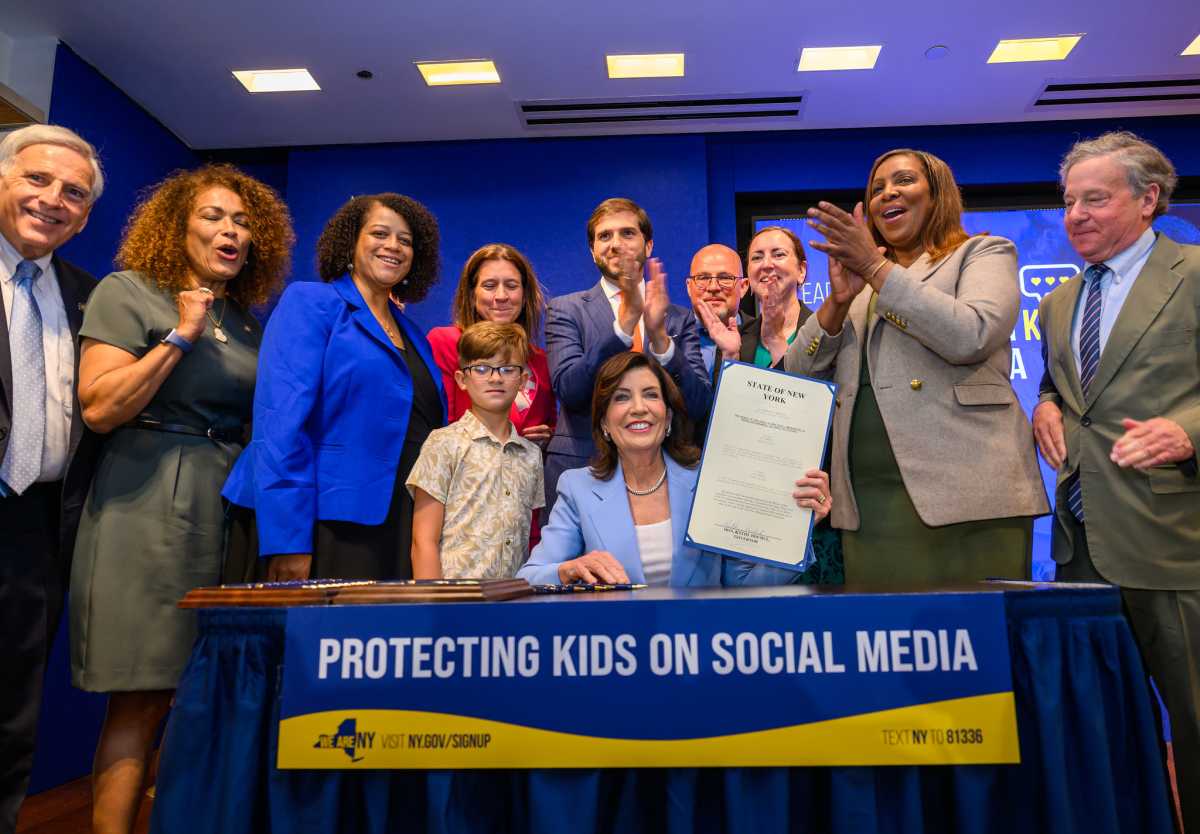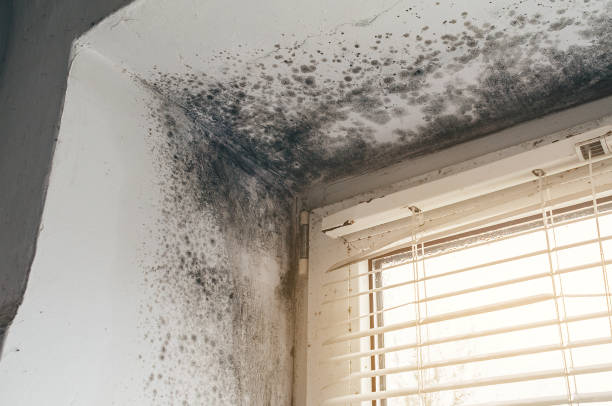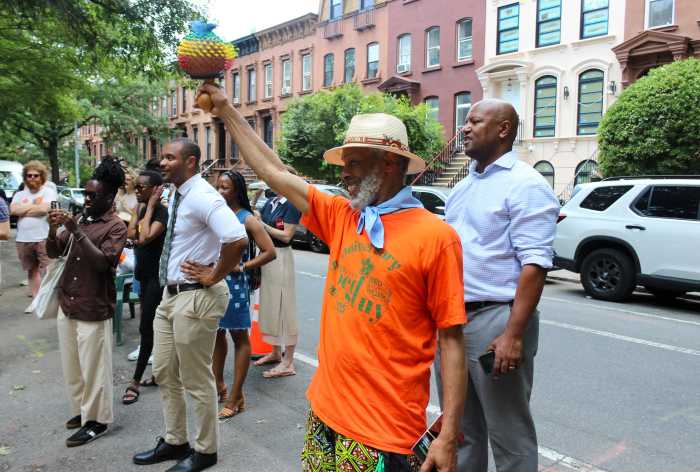As part of the de Blasio administration’s long-term housing plan, Gowanus is expected to soon undergo a rezoning that would bring significantly more affordable housing to the neighborhood. This is good news for local residents – but it should also be seen as an opportunity to make Gowanus a national model for creating more equitable and sustainable communities.
A new report released by the Urban Land Institute New York, the Fifth Avenue Committee and other stakeholders provides important recommendations for taking this opportunity to improve the health and quality of life of Gowanus residents as part of any future rezoning. By focusing on addressing existing public health challenges alongside the need for more affordable housing, city officials and developers can advance a truly holistic approach to new development.
First, it is crucial to understand the public health challenges currently facing Gowanus and how they affect local residents. The neighborhood is centered around the Gowanus Canal, a storied but heavily contaminated piece of 19th century industrial infrastructure. The Canal was designated a federal Superfund site in 2010 and clean-up efforts are anticipated to begin this month, with some remediation already underway. However, it is important to understand that the area is impacted not only by the Canal’s toxicity, but also by the Urban Heat Island (UHI) effect, a phenomenon that creates higher temperatures in urban areas than in surrounding areas.
UHI typically occurs in densely developed areas where little or no natural vegetation exists to counterbalance the effects of heat-absorbing structures, concrete- and asphalt-paved surfaces and an abundance of car traffic. These conditions are likely to worsen; according to a 2015 report prepared by the NYC Panel on Climate Change, the mean annual temperature in the city is estimated to increase up to 5.7 degrees by 2050.
UHI drives up energy costs, increases air pollution and greenhouse gas emissions and undermines the well-being of residents. Children, the elderly and low-income families without air conditioning are particularly susceptible. Extreme heat events cause more deaths in the United States than all other weather-related events combined.
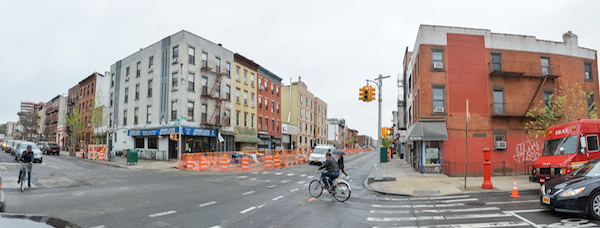
City officials and developers can address these issues in Gowanus by following the recommendations of “A Vision for a Greener, Healthier, Cooler Gowanus: Strategies to Mitigate Urban Heat Island Effect,” which came out of a partnership between ULI New York, the Fifth Avenue Committee and a 10-member Technical Assistance Panel (TAP) comprised of environmental, real estate, and transportation experts. This diverse team visited Gowanus and analyzed existing conditions to address UHI in the context of a potential rezoning.
The report found that the city can simultaneously attract new families, incentivize small business owners and tackle environmental challenges by employing strategies such as increasing vegetative coverage, boosting transit utilization and maximizing energy efficiency in new and existing buildings.
For example, the report proposes an overall target of 20 percent vegetative coverage in Gowanus, estimating that this additional green space could help reduce neighborhood temperatures by 3 degrees Fahrenheit. Other recommendations include adding vines to the exterior walls of buildings, adding street trees, and redirecting and reusing the solar heat that is already captured in buildings. The panel also explored how green spaces could maximize opportunities for Urban Heat Island mitigation by following the paths of prevailing winds and historic creeks within Gowanus, as well as designing “areas of respite” where residents could pause their journeys in a cooler environment.
The TAP further explored replicable mechanisms which could help finance district-scale improvements, including establishing a Green Infrastructure Fund that utilizes a combination of public monies generated through the purchases of air rights and additional zoning bonuses tied to community benefit. These recommendations offer a means by which to capture some of the increase in real estate value created directly by the city rezoning.
The city’s rezoning tools, deployed strategically with ongoing public capital investments in infrastructure and contamination clean-up efforts offer an opportunity for the community to achieve meaningful and much-needed environmental, social and economic gains.
James Lima is president of James Lima Planning + Development, a national real estate, economic and public policy advisory firm. He served as chair of the Technical Assistance Panel convened by ULI NY and the Fifth Avenue Committee to analyze existing conditions in Gowanus and propose measures to mitigate the impacts of the UHI effect.


